Game-Design-Pillars
A research of the Pillars of Game Design and Development.
Project maintained by ch0m5 Hosted on GitHub Pages — Theme by mattgraham
A Short Guide To Game Design
by Carles Homs
“I am Carles Homs, student of the Bachelor’s Degree in Video Games by UPC at CITM. This content is generated for the second year’s subject Project 2, under supervision of lecturer Ricard Pillosu.”
Index
Introduction
In this research article I’ll be talking about two topics. On one hand, the concept of Game Pillars and their part in the foundations of a game’s design. On the other, some simple principles to follow during the design and development of any videogame, that I’ve titled A Pocket Guide to Game Design. Both work as a set of guidelines to follow when designing a game. However, Game Pillars are something each developer must make for their game, while the guide is my research compiled into simple dos and don’ts of game design.
This research was originally intended to address only Game Pillars. However, I misunderstood the concept and ended up focusing on other, more general guidelines which I now compiled and transformed into a small reference article. When I realized my mistake I decided to address both topics as they serve a similar purpose but aren’t the same concepts, and I think that talking about both can be really helpful for new designers trying to start their own projects.
Game Pillars
Max Pears, Level Designer at CD Projekt Red, descrives game pillars as the most basic elements and emotions that a game is trying to explore and make the players feel. As an example, he uses The Last of Us and its focus on narrative and a partner-like relationship and The Legend of Zelda: Breath of the Wild and its focus on exploration and travel.
Game Pillars must contain the core emotions, objectives, and any other element that defines what experience is the game trying to deliver. This should be used to guide the design of the game and serve as a filter that any idea must go through to see if it serves these pillars and push it further or goes against them and immediately discard it.
An official example of this practice comes directly from Bungie’s Game Pillars for Destiny, which you can find listed here.
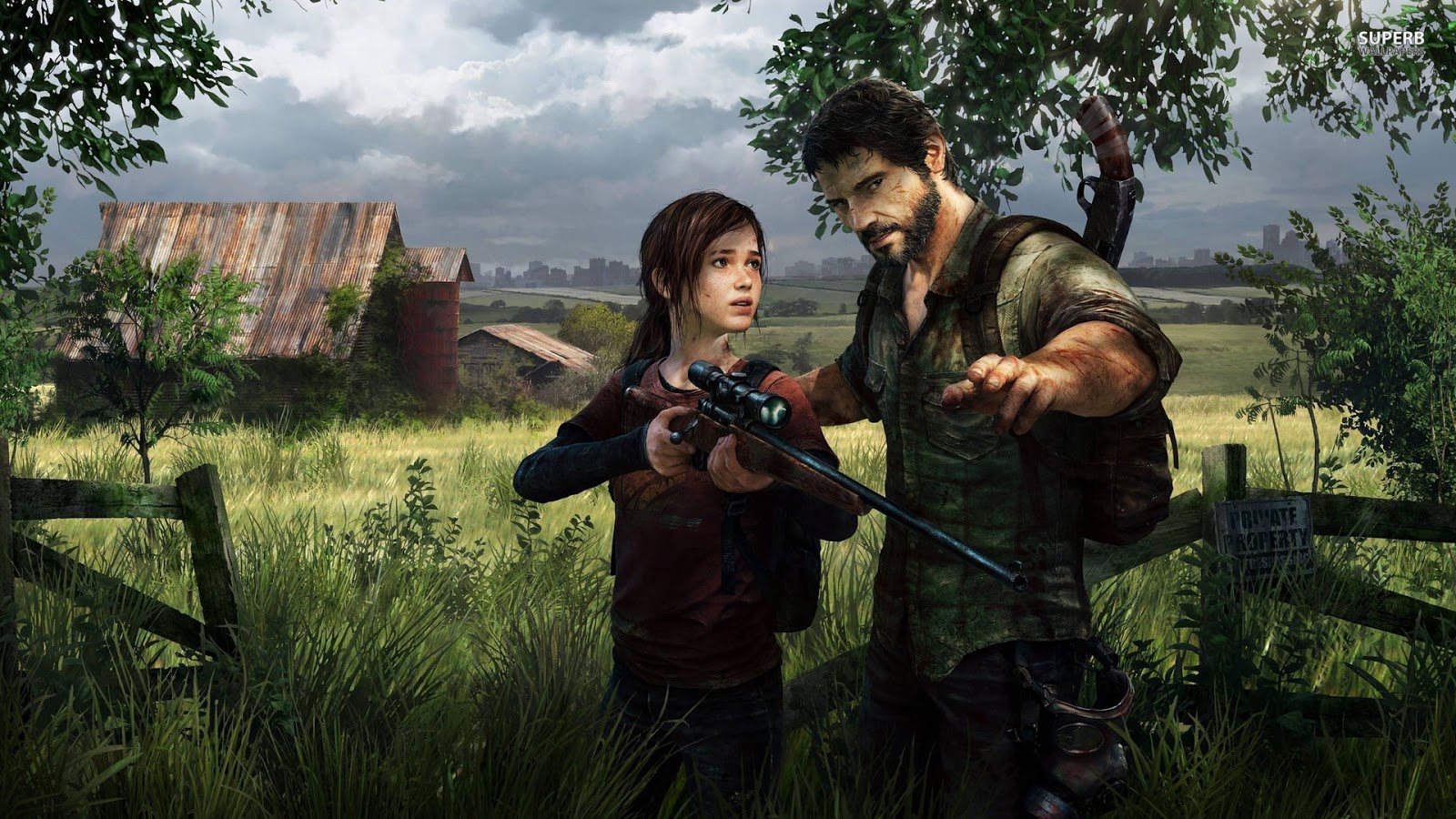
The relationship between Joel and Ellie is a core narrative element of the game and the experience in The Last of Us.
Why do we need them?
Game Pillars make sure that the design goals of the game are made clear from the very first moment and serve as a guideline for the design team during the entire creative process. It also acts as a limit to make sure that designers don’t wander out of original intended path for the game and end up with a final product that does not accomplish the original desired goals, or even worse: not finishing the game at all.
As Antoine Sarrazin explains in his article Illtide Post-Mortem: How not to make a game, not having a good design stage can originate some important issues.
-
Limits: Not stablishing clear limits results in way too many features and ideas that make the final game almost impossible to achieve on a realistic deadline. See Feature Creep. Focus on what’s essential for your game to deliver the wanted experience and maybe have some other details planned if by any chance there was extra time to implement them.
-
Creative Direction: The entire design team must be on the same page and have a clear idea of the creative direction of the project, what goals is it trying to achieve, otherwise each developer will have a different mental image of the game that will be reflected on his work, and when everything is put together it will not be cohesive.
If a consensus is not reached on a certain time threshold, have a designated member that will make the final decision. Choose who is going to choose.

Creative Direction of the Purified team. “When you don’t have any creative direction, or even worse, if your team does not agree on a single concept or direction, it becomes a mess. Everyone just starts making stuff on their own and following their own direction.” -Antoine Sarrazin
From a development perspective: Establishing Game Pillars and following them can prevent mishaps during production by setting the foundations of the entire game in pre-production. Therefore, all ideas, concepts, and design choices are processed and consolidated before starting to invest time and budget, a point where mistakes can severely hurt the development process.
Good and Bad Game Pillars
A good Game Pillar complies with the elements stated before: it marks a clear Creative Direction for the team, establishes goals for the game, states what core elements should be featured, and defines an experience for the player and the feelings it wants to transmit. This guidelines will be followed by the entire development team so every aspect of the game works in unison towards the desired result.
On the other hand, a bad Game Pillar is too broad or obvious and doesn’t comply with these requirements. For example, saying that the player must have fun or be rewarded when he acomplishes an in-game goal is neither useful nor specific, while pushing further and stating that your game will have a focus on high-risk options with correspondant big rewards can aim towards a more extreme experience for the player, where the tension is a wanted emotion and risk a key game element.
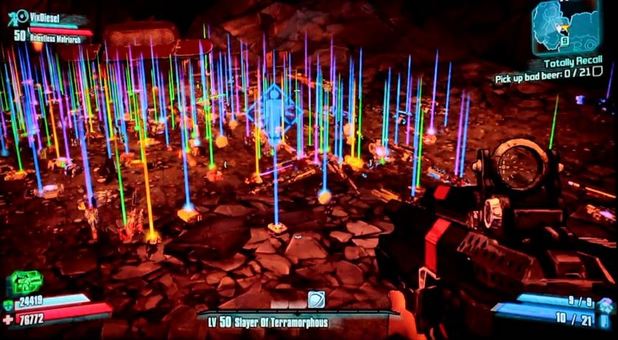
A Bordelands 2 Game Pillar is easily massive amounts of loot and rewards. The developers wanted the player to be showered with items so he could compare them, pick his favorites, and change his equipment often to have a feeling of improvement and progress.
Your turn
Analyze games you’ve played from a designer perspective, “reverse engineer” them, and try to figure out what Game Pillars they had in mind when choosing the core elements and goals that would define the game’s experience. Or if you’re making a game yourself, stablish the foundations it needs for a clear Creative Direction.
A Pocket Guide to Game Design
In this part of the research I intend to compress the most basic principles of game design I’ve been able to find into a short, handy guide which any starting designer should be able to apply to his creative process of any game. Maybe not as specific or extensive as many of the other existent guides, but as a starting point for anyone interested in the topic.
I made it to tackle three main aspects: The core parts of game design that make it a fun and engaging experience, the mechanisms and tools that can be exploited to implement the design choices flawlessly, and the work procedures that must be followed so that the entire team is coordinated and with the same goals in mind.
The Basics of Game Design
In the article The 4 Pillars of making a truly great game, Ted Price, Insomniac Games CEO, talks about design pillars in a perspective that leans towards a more general design and development process rather than specific features that make a game unique, like focusing on what your game has that others don’t and defining your target audience to make a mental model of your player.
Another designer, Jesse Schell, author of the book The Art of Game Design uses the term lenses, instead of pillars, as for him each concept he presents is a different way to look at the design of your game (more than a 100!) and the combination of all of them create an ideal general guideline to follow for any game design.
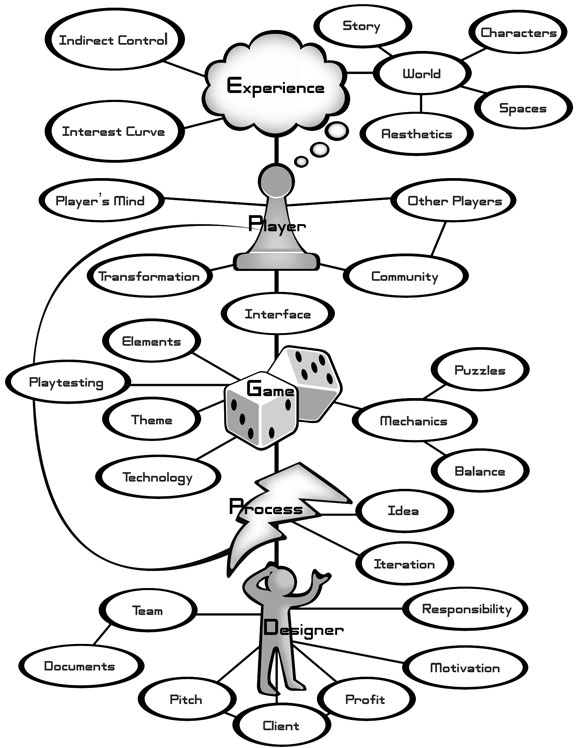
Schell’s scheme that relates all of his design topics. A must-read for a Game Designer.
And on a different publication, The 13 Basic Principles of Gameplay Design by Matt Almer, he creates his own version of the 12 Principles of Animation, and many of share the same name, but they’re all applied to gameplay design. This 13 principles are specific and straight to the point, something to always have in mind when deciding how each feature will be implemented into the game and how it will relate with others already present.
The Guide
1. Create a Unique Experience
- Focus on the emotions you want to transmit, how must the player feel in each moment.
- While brainstorming, think of one feature that you game would have that no other does.
- Establish the most important features of the game and a creative direction to follow.
- The ideas must resonate with you, they must sound fun. Check if they feel like you expected them to do from a practical standpoint by prototyping and testing the idea.

DOOM was originally made in 1993 providing an experience revolving around movement, extreme violence, and lots of combat options. 23 years later, they deliver the exact same experience in today’s technology standards.
2. Define Your Target Audience
- Evaluate what demographic is your game targeted to. Who will play your game?
- What is he familiar with? What needs to be explained? What is assumed to be known?
- What skill level should the game be prepared for? It must be challenging, without becoming frustrating nor boring (difficulty flow).
- What theme and aesthetics are best to appeal the player’s interest? To make your mechanics intuitive and easy to interiorize?

Arma 3 is a Military Simulator that acknowledges their target audience as players looking for a realistic hardcore military shooter experience. This is reflected in its design, for example in the knowledge and skill level expected from the player.
3. The Core Loop Must Be Inherently Fun
- The most basic actions that will be repeated throughout the game must be fun and satisfying to perform.
- Create prototypes around ideas and test them to see if they work on a practical level.
- Iterate prototypes over and over until the loop is solid and polished so the experience feels like the desired one.
- Each iteration must answer a fundamental question and evaluate the combination of all currently present elements.
- Great short guideline: The game should be Easy to Learn and FUN to Master.
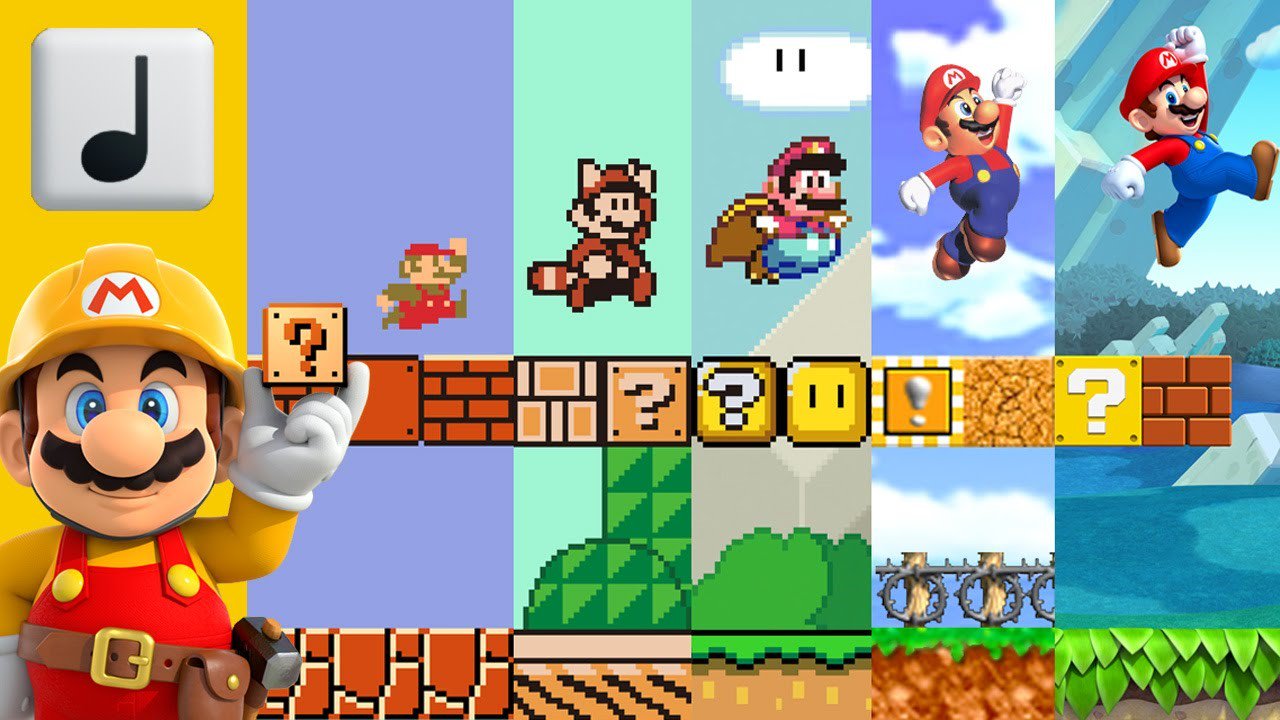
The core loop of Super Mario games is to move and jump. That alone was tested until it felt satisfying, and expanded to create the legendary franchise we know today.
If you’re looking for more information, I highly recommend the article How to Perfect Your Game’s Core Loop, which goes a lot more deeper into the topic, and take a look at Prototyping Tips from Slime Rancher’s lead developer Nick Popovich if you’re interested in more details about the importance of iterating your game.
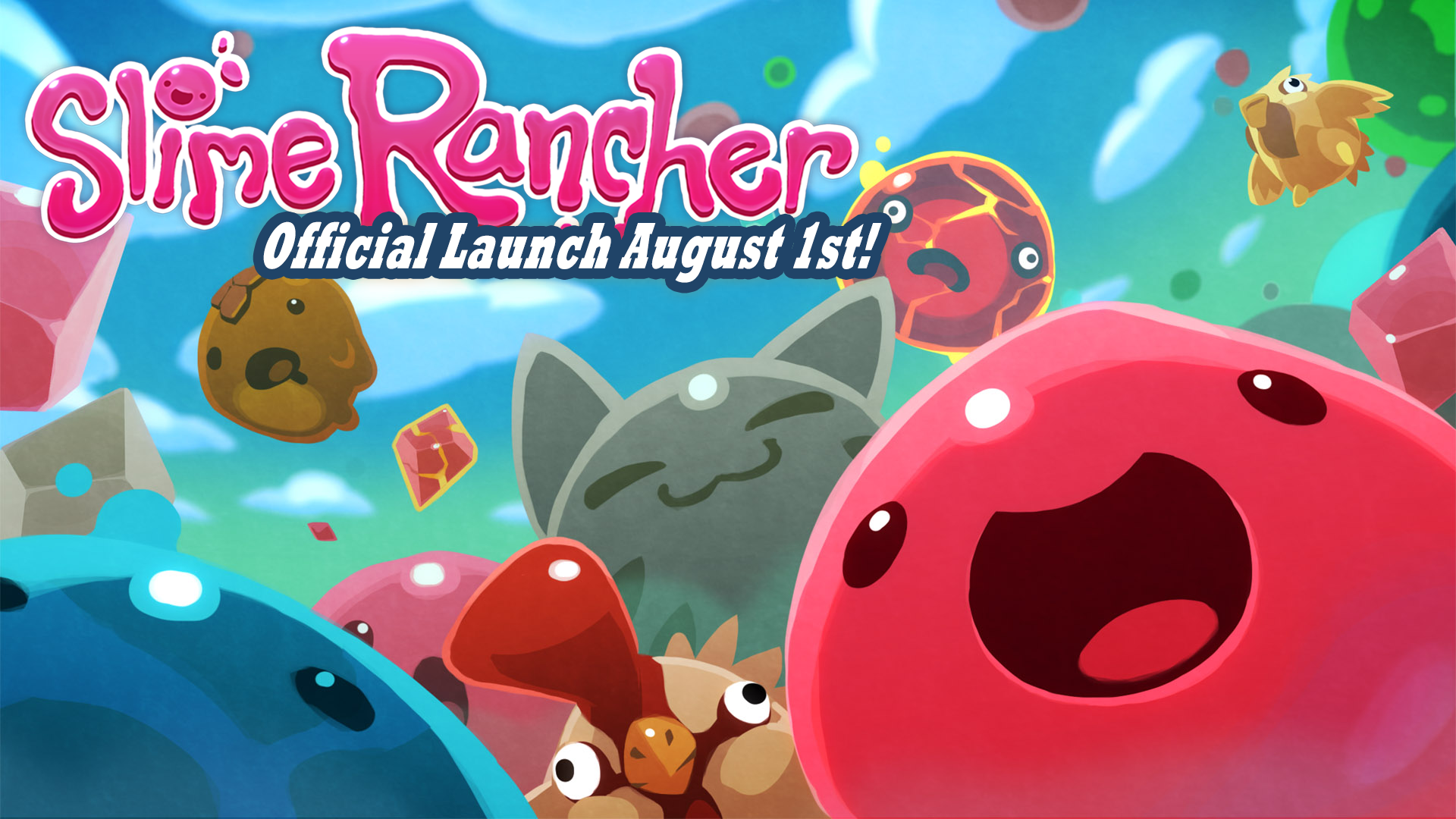
“Other systems in a game are fantastic at diverting you from what’s important, so make sure what ever is the most important thing is shining before you leave the prototype stage.” -Nick Popovich
4. Communicate With Your Team: Set Your Goals and Limits
- The core elements of the game must be understood and acknowledged by the team to hold a common creative ground.
- Use the GDD to define the core experience of the game, desired goals, and any important specifications that feel relevant to the game’s design to work as a basic reference for the team. Simple is Better: the more extensive it becomes the more annoying it gets to update while iterating.
- Establish the objectives, stages, limitations, milestones, and any other elements that will affect your schedule.Your game is a product, it must be sold and has a deadline like any other. Being prepared for unexpected issues will lessen the damage they do.
- Set your goals and limits on the pre-production phase. Any unplanned changes made in the middle of production will cost money and time, so having a solid game concept before entering it is crucial.
- Share feedback constantly, even in informal environments, the team must work at unison.
- All game elements must work towards the same goals in an harmonic fashion. They must all coordinate to deliver the wanted experience, even if they are managed by different people on the team.
Not having good team communication and goal consensus ends up in problems like the ones seen on the development of Illtide, where there was no cohesive work and everyone was following a different creative direction.
5. Make the Game Coherent and Consistent
- A game is coherent when its different elements show a logical consistency in their nature and behavior when related to each other.
- Relationship between elements must result in potential combinations that the player can explore and experiment with.
- Take into account what the player expects and his assumptions based on common sense and previous experiences.
- Whatever rules your game follows, they must be consistent so the player can learn from them and formulate strategies.
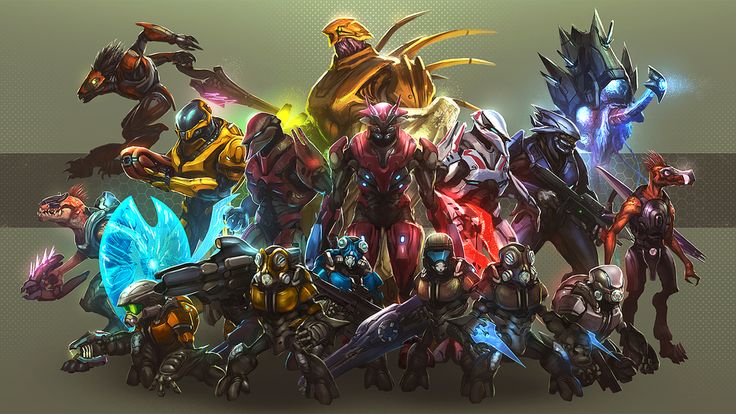
Halo showcases different kinds of enemies, each with a very distinctive look and consistent behavior. This allows the player to quickly identify a type of enemy, learn its move and attack patterns, and create tactics around it.
6. Guide the Player: Make it Intuitive without being Obvious
- Guide the player through the experience, but don’t hold his hand, let him explore his options without getting lost.
- Make mechanics intuitive and easy to learn. Use aesthetic and thematic as a channel to teach mechanics.
- Give feedback to the player for his actions, reinforce wanted behaviors and discourage unwanted ones with care, you don’t want to railroad the player but certainly limit the options to the desired game experience.
- Provide a general goal for the game with smaller short-term goals to keep him engaged.
- Give the player meaningful rewards proportionate to the difficulty of the challenges.
- Don’t overload the player. Keep things simple, not too many outputs at the same time, and exploit the different channels available (visuals, gameplay, sound) to pass your message through smoothly.
This video by Game Maker’s Toolkit explains different concepts beautifully that directly relate to player guidance.
7. Let the Player Play
- Let him explore, decide, and learn from his choices.
- Give him tools and an environment to experiment with, which gives the game depth and can result in emergent gameplay.
- Use gameplay as a channel to transmit the experience. Include the player’s actions into the context of the situation so he feels as his decisions have meaning, affecting and shaping the world around him.
- Whenever a new element appears for the player to learn, create a challenge to test his abilities and knowledge about it.
- Don’t take control away from the player unless it’s necessary to the experience, it can easily become frustrating.
This video by Extra Credits talks about depth and complexity: the possibilites that can come out from a single ruleset and how to explain it to the player without having him feeling overwhelmed. This relates to points 6 and 7.
8. Make a Game You’re Proud Of
- Seems obvious, but making a game that you would enjoy playing is essential to put the needed work into it. Your hands are an engine, your game a goal, and passion your fuel.
- Think of the project as a reflection of your skills, what heights are you capable to reach.
- Commit to the concept, the ideas, and the desired experience. Setting goals you are confident to achieve will prevent you from lowering your standards and cutting parts from the game.
- Putting your soul into a game gives it one of it’s own and pushes your limits further to make it work.
Conclusions and Personal Thoughts
Game Pillars cover specific elements that will be the core of a game’s design to lead the entire creative process for the whole team and ensure production goes as smoothly as it can be by having a productive and well-rounded pre-production stage, which can save both time and money. Each game must have its Game Pillars to define the experience it wants to deliver with accuracy so only the most essential ideas and features that contribute to it get into the game.
On the other hand, Game Design Guidelines can help as a reminder of concepts that are already known to be effective and also work as a filter in the very same way Game Pillars do for ideas that contradict the most basic rules of Game Design. During this research I’ve seen I have a lot to learn and that there’s just so many factors to take into account to ensure an enjoyable player experience, but still wish that this small guide can help anyone that’s starting out and is looking for some good references to the topic.
I also highly recommend two YouTube channels that have incredible and relatively short videos explaining different topics in Game Design and are included in this research:
Bibliography
- Sergio Rodrigo’s Pillars of Game Development
- Design Pillars: The Core of Your Game by Max Pears
- 4 Pillars of making a truly great game according to Ted Price by Frank Cifaldi
- The 13 Basic Principles of Gameplay Design by Matt Allmer
- Pillars of Board Game Design
- How To Perfect Your Game’s Core Loop by Nathan Lovato
- 3 Pillars of Great Video Game Design by Streamline Studios
- The 3 Primary Principles of Game Design
- Destiny: Bungie’s Brave New Worlds by Michael McWhertor
- The Art of Game Design by Jesse Schell
- Slime Rancher lead developer tips for the Prototype Stage by Alissa McAloon
- Illtide Post-Mortem: How not to make a game by Antoine Sarrazin